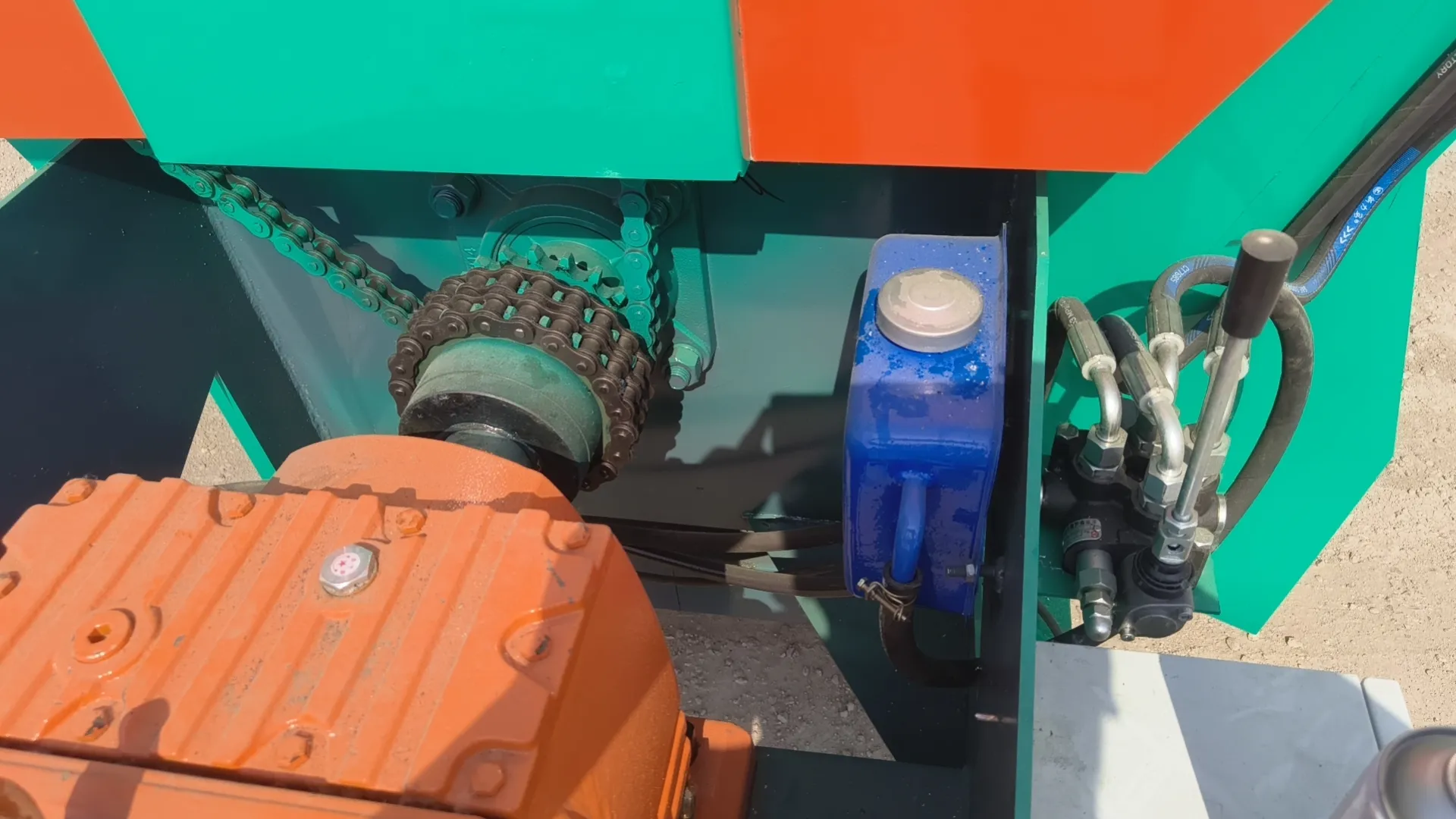automotive felt fabric
Exploring Automotive Felt Fabric An Essential Component in Modern Vehicles
In the dynamic world of automotive manufacturing, the materials used in vehicle production play a crucial role in determining performance, comfort, and sustainability. Among these materials, automotive felt fabric has emerged as an essential component, widely utilized for its unique properties and versatility. This article delves deeper into what automotive felt fabric is, its applications, benefits, and future trends in the automotive sector.
What is Automotive Felt Fabric?
Automotive felt fabric is a non-woven textile made from compressed wool, synthetic fibers, or a blend of both. It is engineered to meet specific industry standards for strength, durability, and resistance to various environmental factors. The manufacturing process involves layering and compressing fibers, which provides the felt with its distinctive texture and bulk. This non-woven characteristic makes automotive felt fabric different from traditional woven textiles, offering unique advantages for automotive applications.
Applications of Automotive Felt Fabric
Automotive felt fabric finds its way into several crucial components of vehicles, enhancing both functionality and aesthetics. Here are some primary applications
1. Interior Sound Dampening One of the most significant roles of automotive felt fabric is its ability to reduce noise and vibrations within the vehicle cabin. Manufacturers commonly use it in headliners, floor mats, and door panels to create a quieter and more comfortable ride for passengers.
2. Thermal Insulation Automotive felt fabric also provides excellent thermal insulation, helping maintain the desired temperature within the vehicle. By absorbing and retaining heat, it contributes to the overall comfort of passengers while promoting energy efficiency.
3. Interior Trim and Finishing The visual appeal of a car's interior is also vital for manufacturers and consumers alike. Automotive felt fabric plays a key role in enhancing the interior design, often being used in seat covers, door trims, and other decorative elements.
4. Under-the-Hood Applications Automotive felt is not limited to interior uses; it is also applied in various components under the hood. It can be found in engine covers and sound insulation barriers, helping to muffle engine noise and protect sensitive components from heat.
5. Eco-Friendly Alternatives With the rising demand for sustainable practices, many manufacturers have begun exploring the use of recycled and biodegradable fibers in automotive felt fabric. This trend has led to the development of eco-friendly automotive systems, appealing to environmentally conscious consumers.
Benefits of Automotive Felt Fabric
automotive felt fabric

The use of automotive felt fabric in vehicle production comes with various advantages that significantly influence vehicle quality and performance
.1. Lightweight Unlike some traditionally heavy materials, automotive felt fabric is lightweight, contributing to overall vehicle performance and fuel efficiency. Less weight means improved handling, acceleration, and reduced greenhouse gas emissions.
2. Durability Automotive felt fabric is designed to withstand the rigors of daily use, including exposure to moisture, temperature fluctuations, and wear and tear. Its durability ensures that components retain their functionality and aesthetics over time.
3. Cost-Effectiveness The manufacturing processes associated with automotive felt fabric can be cost-effective, allowing manufacturers to maintain competitive pricing while providing high-quality materials.
4. Customization The versatility of automotive felt fabric allows for easily adaptable designs and configurations, enabling manufacturers to tailor products to meet specific consumer preferences and vehicle requirements.
Future Trends in Automotive Felt Fabric
As the automotive industry continues to evolve, so too does the role of automotive felt fabric. Future trends may include
1. Smart Fabrics The integration of technology into automotive felt fabric is on the horizon. Smart fabrics that can monitor temperature, humidity, or even sound levels may well become a reality, enhancing the user experience.
2. Sustainability Initiatives As eco-consciousness grows, the demand for sustainable materials, including automotive felt fabric made from recycled or organic fibers, will likely increase. Manufacturers will invest in research and development to create greener alternatives.
3. Advanced Applications The ongoing exploration of automotive applications means that felt fabric could be utilized in new and innovative ways, potentially enhancing safety, comfort, and efficiency in vehicles.
In conclusion, automotive felt fabric plays a vital role in the modern automotive industry, demonstrating versatility and functionality across various applications. Its benefits—including lightweight construction, durability, and cost-effectiveness—position it as a key player in vehicle design and production. As technology and sustainability efforts advance, the future of automotive felt fabric promises to be as innovative as the vehicles it helps to create.
-
What Makes Felt a Great Choice?NewsNov.19,2024
-
Total Mixed Ration (TMR) Feed for CattleNewsNov.19,2024
-
The Ultimate Guide for Felt Polishing WheelsNewsNov.19,2024
-
Industrial Felt for Various ApplicationsNewsNov.19,2024
-
Felt Makeup Bags and Inserts BagsNewsNov.19,2024
-
Choosing the Right Hotel TowelsNewsNov.19,2024
-
Your Go-To Guide For Affordable Wholesale Wool FeltsNewsOct.31,2024







